Turtle migration disruptionthreatens Rarotonga’s ‘residents’
Saturday 12 April 2025 | Written by Gerald McCormack | Published in Features, In Depth, Weekend

Musician Kura Happ and Ponu the turtle before her flippers were tagged for release in 2020. Ponu, the Pacific green turtle, weighed 785 grams when she was first brought to the Discover Marine and Wildlife Eco Centre. She was found floating at Avatiu harbour by a member of the public in March 2019 and was taken to Te Are Manu - who found that she was suffering from metabolic bone disorder, which made her shell and bones very soft. Picture: LOSIRENE LACANIVALU/20051813
Turtle tourism has become a popular year-round activity in Rarotonga, with both government and civil society groups working to ensure it is safer for turtles and people. In a three-part series, Gerald McCormack of the Cook Islands Natural Heritage Trust writes about the distinct lifecycle of the Green sea turtle, which has a distinct lifecycle compared to Hawksbill turtles, the two types of ‘resident’ turtles that local turtle tourism is built around. In the final part of the series, McCormack explains why there should be a ban on interfering with adult turtles during their breeding season, which runs from October through February.
The earliest report on breeding turtles in the Cook Islands was a 1957 article by Ron Powell, “Breeding Turtles for Profit”. Powell reported that in Palmerston adult turtles and their eggs were eaten, and it occurred to him that it might “be possible to develop a new industry … by breeding turtles in captivity”.
He outlined two preliminary attempts that gave encouraging results. In one, Ioapa Marsters hatched 30 eggs and raised the hatchlings in wire-covered wooden cages floating in the lagoon for 10 months. They were fed on kitchen scraps, fish and shellfish and grew to shell lengths of around 20 centimetres. Powell concluded that if they were fed for two or three years, they would find a “ready sale in Rarotonga and possibly in New Zealand”.
The second encouraging experiment involved taking six hatchlings in a drum of seawater to Rarotonga, where they thrived in a mixture of half fresh and half seawater while being fed on a wide variety of food scraps, including fresh fish, tinned beef and rice.
Also read: Part II: The migratory mysteries of Cook Islands’ Green turtles
On Palmerston, it became routine to collect turtle eggs and rebury them in the village, then raise the hatchlings in floating wooden cages until they reached about a handspan in shell length. A few were released to maintain stock levels, others were consumed, and a few were preserved in formalin and gifted or sold as curios. The variations of this practice continued until around 1980, when it was concluded that the released turtles were not contributing to the local adult stock.
In 1973, the Cook Islands’ director of fisheries, Tom (now Sir Tom) Marsters, requested that the South Pacific Commission (SPC) establish a turtle farm on Rarotonga, with the aim of achieving both conservation and food outcomes.
In July 1974, an SPC turtles project officer, Donald J. Brandon, was appointed on a three-year contract. As a young New Zealand zoology graduate with no turtle experience, it was assumed SPC would provide training and information. Both assumptions were incorrect (Balazs 1977).
While there was some preparatory work in 1974, the project really got underway in January 1975 with the arrival of Brandon, the move into the defunct aquaculture building near the present Avana Fishing Club with two 6ft wide tanks of 12 and 24 feet, and the arrival of the first batch of 450 hatchlings from Palmerston.
Many of the hatchlings had been injured during transit in the drums. The staff concluded that it would be better to transport the eggs, and in early 1976, 260 eggs were collected on Penrhyn. The hatchery received 150 eggs and 110 hatchlings. This experiment provided 220 hatchlings, which all died between the sixth and tenth week when temperatures dropped to the low 20s.
Of the 450 Palmerston hatchings, only 48 survived two years. The young turtles were plagued with fungal and bacterial infections, and the staff struggled to find enough high-protein foods. After two years, they had shell lengths of approximately 25cm and weighed a mere 2 kilogram, compared to hatchlings on Grand Cayman Island (Caribbean), which averaged 5kg at two years, having been fed high-protein pellets of soybeans and fish meal.
Experiments with different foods found that these very young turtles readily ate fish, shark and shellfish, would eventually eat leaves and vegetable scraps, and would not eat the green Caulerpa seaweeds (Rimu Kai and its relatives). This was not surprising, considering that hatchlings during their “lost years” in the ocean are mainly carnivorous, and only after settling in the seagrass meadows do they become herbivores.
In April 1977, turtle expert George Balazs visited and concluded that the idea of farming turtles was based on unreliable and contradictory reports, and the project had not produced any important information. He recommended that SPC terminate its turtle project, solely the Rarotonga hatchery, which ceased after Brandon’s contract expired in July, 1977. The 48 turtles seen by Balazs were mainly emaciated and injured (mostly missing portions of their hind flippers through cannibalism), and these were released.
While Rarotonga turtle farming is a thing of the past, the private flow of hatchlings from Penrhyn, Palmerston and Manihiki to Rarotonga has continued. When they have grown to one or two handspans in shell length, they have usually been released into the lagoon or ocean, with or without a tag. Adults have also been shipped to Rarotonga.
During the 1970s, Brandon reported that four to five were sold most years on Rarotonga, with a specific total of six being sold in 1976 (Balazs papers online). In November 1991, four large adults (140cm, 100cm, 100cm and 94cm shell length) were shipped to Rarotonga for local consumption, of which two died in transit, and the fate of the survivors is unknown (CINews 22/11/1991). Two unrequested adults, a large male and a smaller female, were flown from Penrhyn in 2001 and released in the Muri lagoon (Capt. Tama pers. comm.).
While the continuous trickle of hatchlings to Rarotonga has not been documented, one inflow to Aitutaki hit the news. In April 1919, over a hundred hatchlings were sent from Palmerston via Rarotonga to Aitutaki for release in the lagoon (CI News 6-04-2019). Although expert George Balazs had recommended that most be released in the ocean away from the island, they were all released into the outer lagoon at Amuri (Fimau Robati pers. comm.).
In 2001, Capt. Tama received 40 hatchlings from Penrhyn and kept them in a floating cage in Muri Lagoon during the day and inside containers at night. They were fed various seaweeds and diced sea cucumbers, mainly Rori Puakatoro and Rori Matu. They grew to about a handspan in length in six months and were released into the lagoon (Capt. Tama pers. comm.).
In May 2023 several passengers flew from Manihiki to Rarotonga with hatchlings. Three weeks later, three were placed in the care of the Wildlife Centre, where they grew from approximately 10cm to a handspan in shell length in six months after being shell-marked and released. They have not been seen again (Anon. pers. comm.).
There is little doubt that most of the year-round “resident” Green turtles of Rarotonga are survivors of the hatchlings brought to the island. Some observers suggest that some “residents” migrated here and found the environment to their liking. The only turtles migrating within the South Pacific are mature breeders, which have a minimum size of about 85cm CCL. If some “residents” are mature adults, who arrived looking for a breeding site, it raises the question of why they would remain in an area with a poor abundance of low-quality seaweeds rather than instinctively swim back to their traditional seagrass meadows in Fiji. This suggestion is a most unlikely scenario, although it might apply to the mature adults flown in from Penrhyn and released by Capt. Tama. The artificial displacement of 1400km might have interrupted their migratory behaviour.
These “residential” turtles are lost due to human interference in their navigation system. They did not perform the hatchling swim-frenzy to learn the geomagnetic location of their birth island, nor did they float on the seas to eventually settle in the nutritious seagrass areas of Fiji or thereabouts and learn that geomagnetic location. They cannot navigate from Rarotonga to any seagrass meadow. They are condemned to survive on a barely adequate diet of seaweeds with some sea cucumbers and jellyfish. The future will show, but it is unlikely that, under the present regime, they will find sufficient nutritious food to become sexually mature and nest locally, thereby contributing to the survival of their endangered species.
To confirm the status of these “resident” turtles, we need scientists to determine if any adults of more than 90cm CCL are reproductively mature and whether they are attempting to nest on Rarotonga. Are they healthy with full stomachs? Do they require supplementary food?
In the meantime, there should be a Cook Islands ban on interfering with adult turtles during their breeding season, from October through February, and on disturbing nests. Killing turtles during the non-breeding season should be restricted to the occasional traditional ceremony. We have done enough damage to this endangered species; it is time to protect them in their natural habitat, in situ.
- Caution: The numeric data comes from a wide variety of sources and are only indicative of Cook Islands turtles for which we lack data. References are available upon request through CINHT.









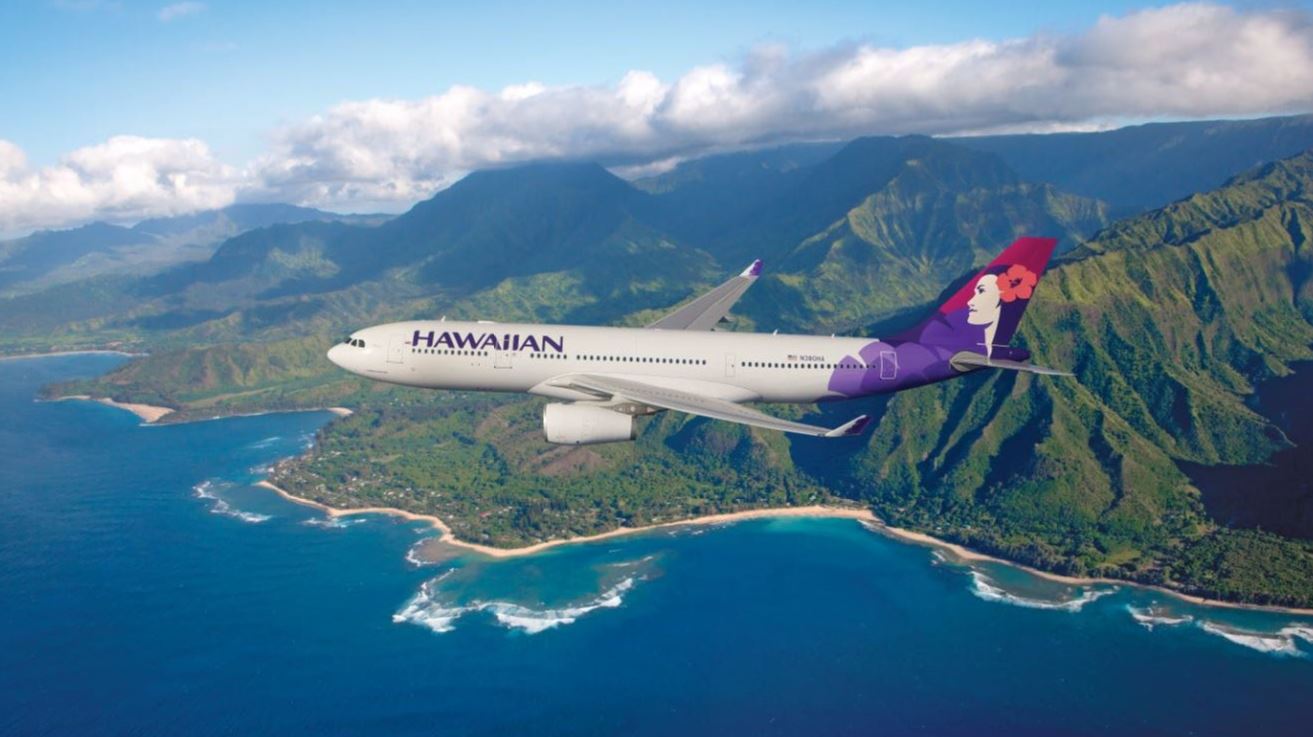




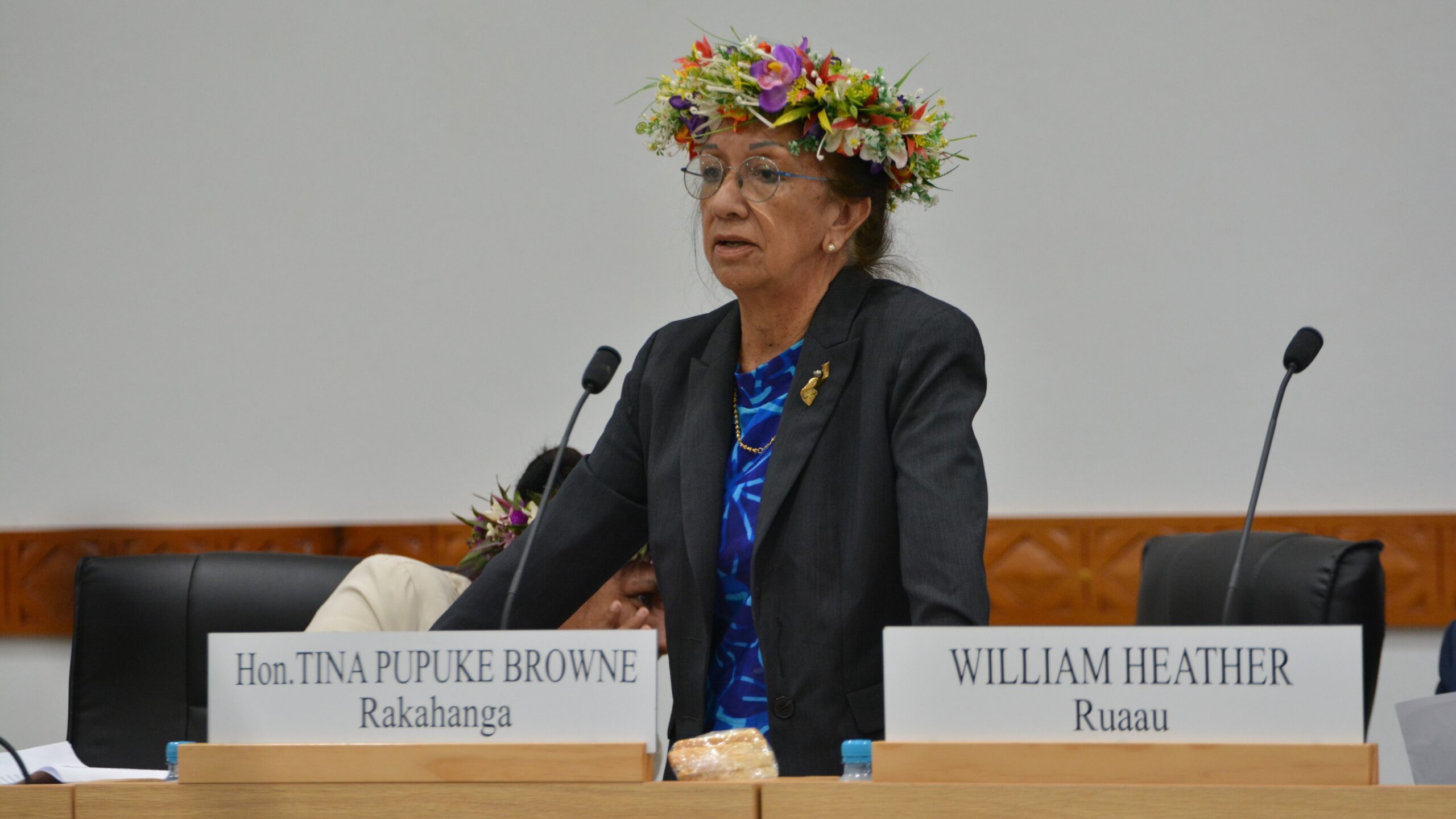
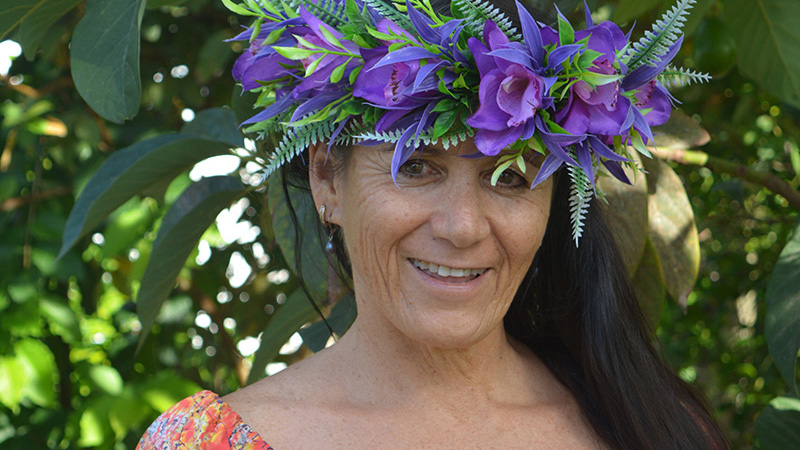
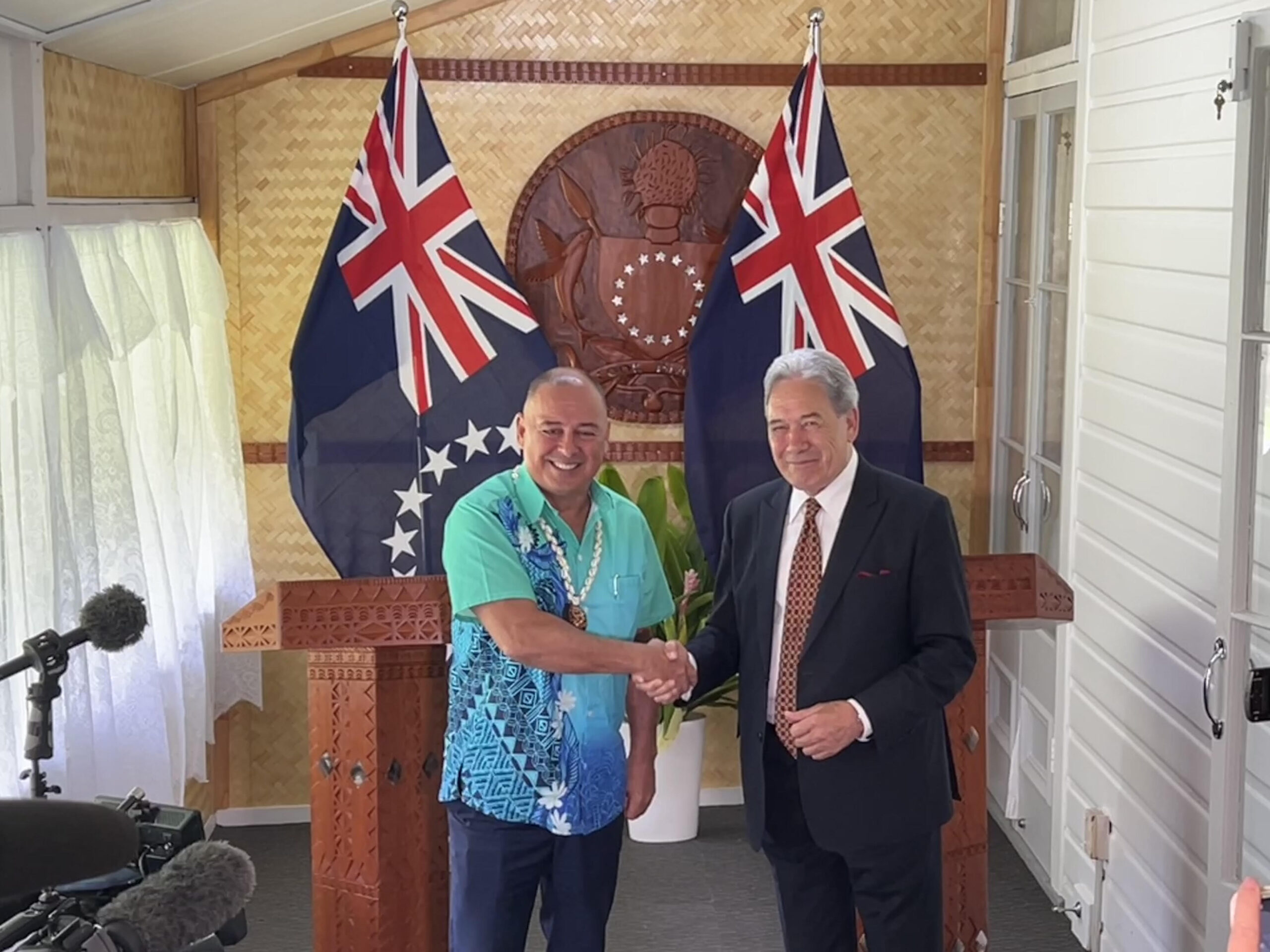





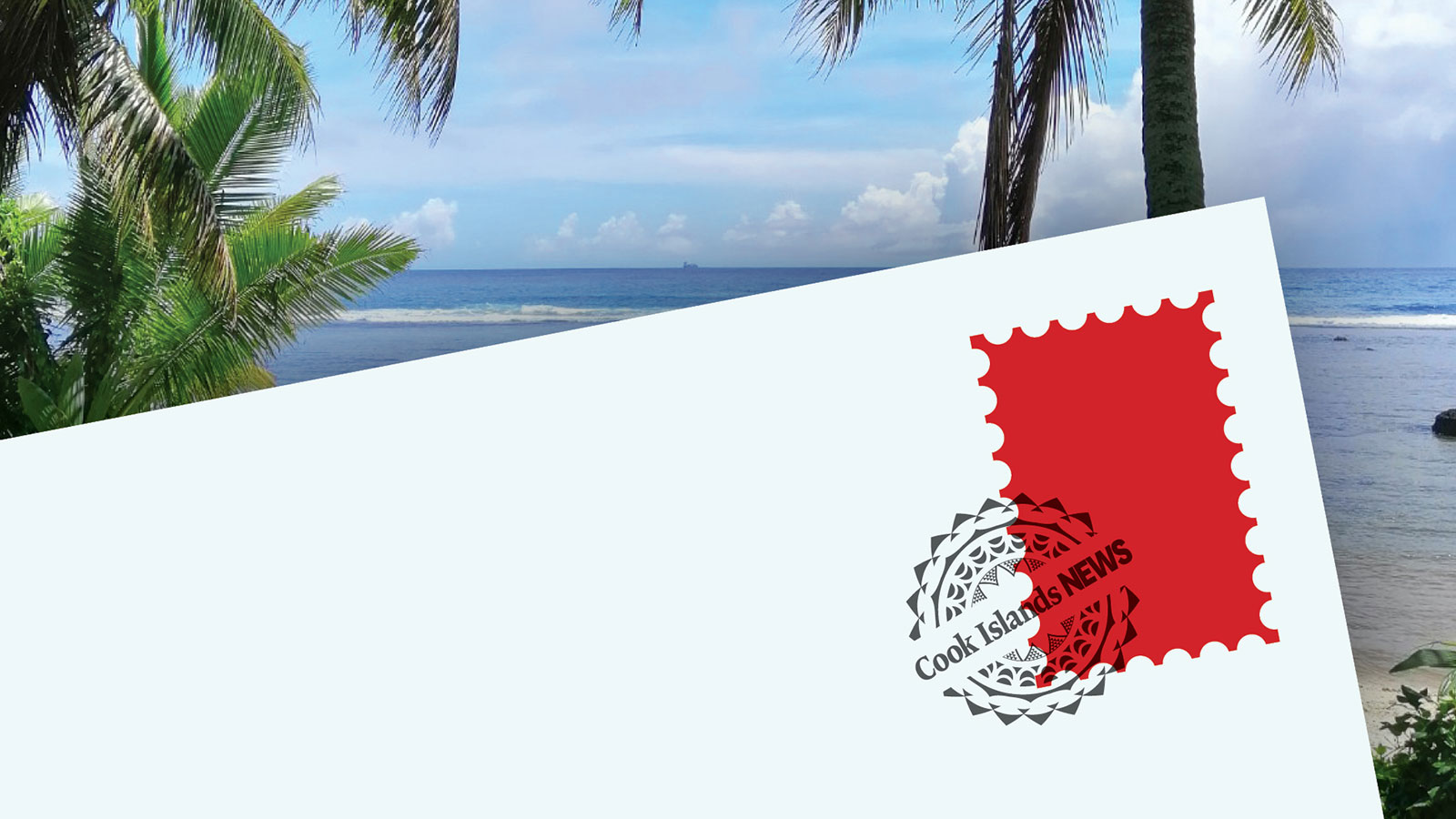

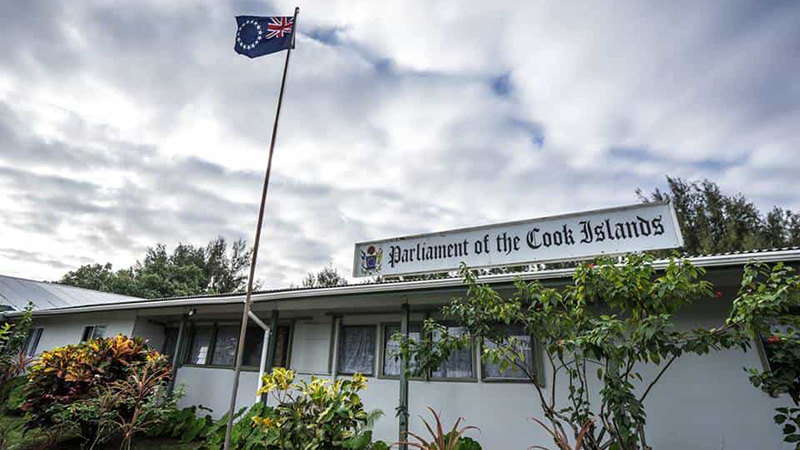




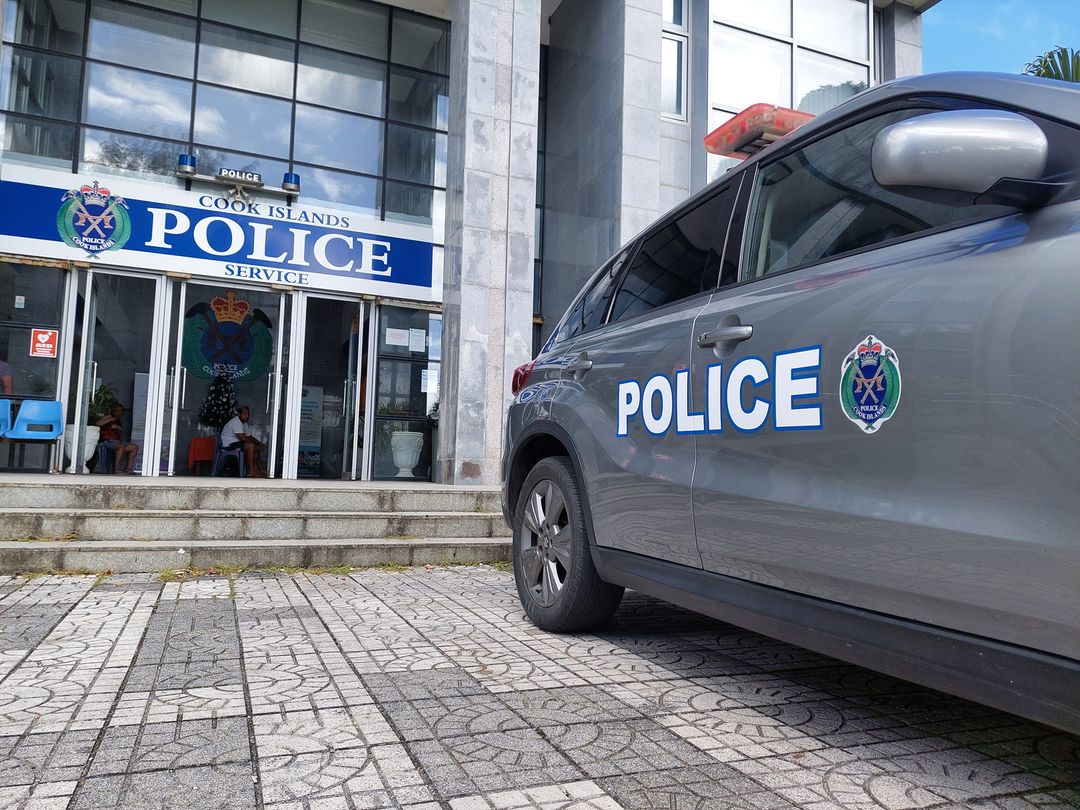





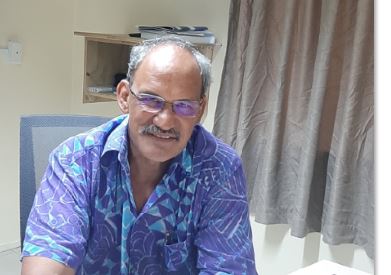










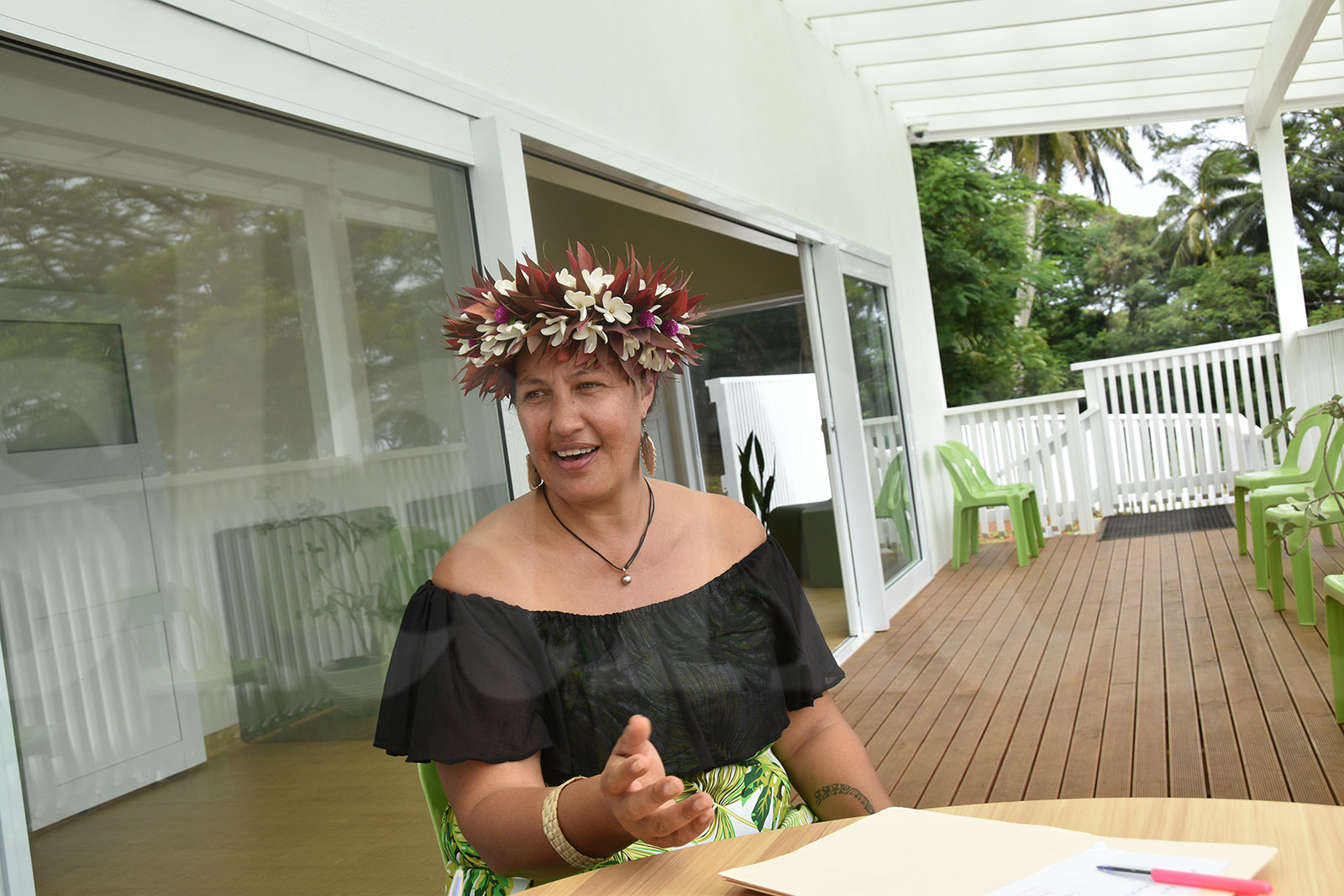

Comments